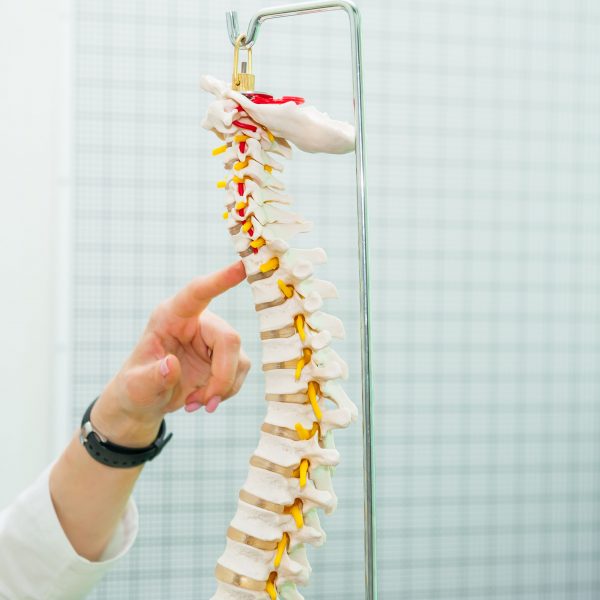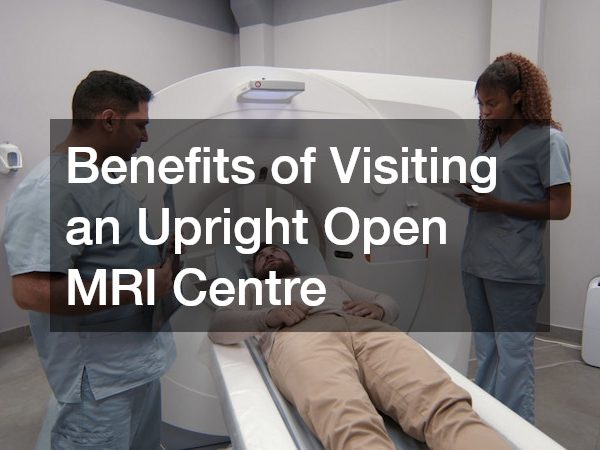It’s a standard protocol that new medical treatment is not available to the public until it is approved by the Federal Drug Agency (FDA). During the research stage, the only way to receive the treatment is by joining a clinical trial. But how effective are clinical trials, and are they safe?
Medical experts carefully design, review, and complete clinical trials before the treatments are government-approved for public release. Once medicines and treatments prove to be safe and effective, they contribute to an improved standard of healthcare.
How do clinical trials work?
Medical research clinics in Miami have principal investigators in charge of the tests. They are scientists who are experts in the subjects the clinical trials focus on. They’re also the ones who take the lead in designing the clinical examinations as well as choosing the research team. Most notably, they carry out the study and ensure that it follows the protocol of the Institutional Review Board (IRB).
Clinical tests need approval before tests are initiated. The researchers also need sponsors to fund their studies, too. Sponsors often come from pharmaceutical companies, government agencies, and non-profit organizations.
Data and Safety Monitoring Boards (DSMB) monitor the progress of the trials once they start. The members of the DSMB are selected based on their expertise of the topic for the clinical trials. They also regularly check to see if the patients are in good hands and that the data are complete. They also ensure that the tests, as well as the treatments, are working.
Primary phases of clinical trials

Scientists conduct a clinical trial to determine if a new treatment or test can improve the quality of life of patients. Before they start the trials, the procedures and therapies are assessed in strict preclinical research. Experts do this to see if it can harm any of the living tissues inside the person’s body.
The clinical trials have five primary stages before they get the results. Each phase is crucial in understanding the effectiveness and side effects of any new drug treatment.
Trials start with phase 0 which is usually carried out on people. It aims to learn how the body absorbs the drugs and how it affects the body. Phase I soon follows, which seeks to find the best dose with the least amount of side effects. The medication is tested in a group of at least 15 patients. The phase I trial further assesses the safety of the treatment and its efficiency. Phase II continues the procedure among larger groups to provide more detailed results.
The trial in Phase III compares the drug to the current standard-of-care treatment. Most of the time, these trials are random, which means that patients are randomly selected into therapy groups. Once the results from all the trials are analysed and pass set criteria, the trial moves to Phase IV, where it is presented to the FDA for approval.
Going through a clinical test gives you the opportunity of treatment before it is widely available. In the process, you are helping other people by identifying a cure for patients in the future. If you’re interested in attending a trial, contact medical research institute experts to see if you qualify for inclusion.






